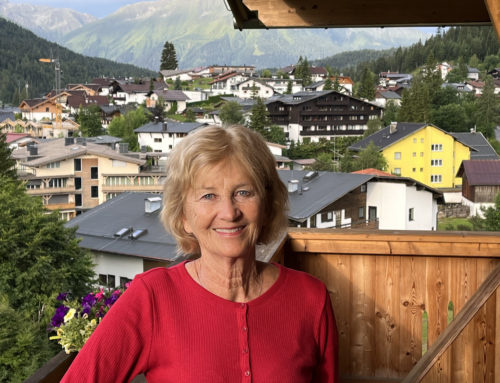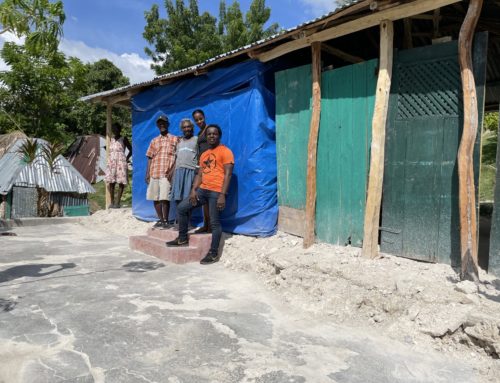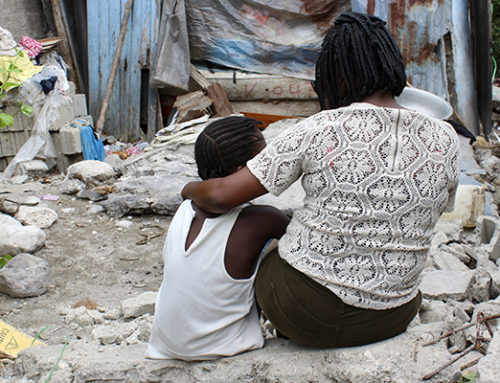
By Cecily Bacon, Restavek Freedom Intern
“Hispaniola” was the name given to the land occupied by both
Haiti and the Dominican Republic; but while these two countries share an island,
there are quite a number of distinctions between them. On the western side of
the island is the French and Creole-speaking country of Haiti, and on the
eastern side, its Spanish-speaking neighbor, the Dominican Republic. Despite
being so close together, they each have a unique history that has made them
linguistically and culturally distinct.
The island of Hispaniola was a Spanish colony until 1697,
when the Spanish gave the western two-thirds of the island to the French, who
had a more vested interest in the land. Here marks the beginning of the
separation. On the western side of the island was French Saint-Domingue (later
renamed Haiti), and on the eastern side was Spanish Santo Domingo (now the
Dominican Republic). As the cultural and
linguistic differences between the two sides became more pronounced, so too did
the difference in demographics. While
both colonies had an influx of slaves, Saint-Domingue had far more – and the
slaves that were brought over came from a myriad of ethnic backgrounds. On the other hand, Santo Domingo in the east was
made up of mostly Spanish descendents, with a smaller population of slaves.
This meant that the population of the Dominican Republic was far more
homogenous than that of Haiti. This may seem insignificant, but in 1804 when
Haiti received its independence, the vast amount of ethnic diversity in Haiti
led to more political and economic struggles than the more ethnically unified
Dominican Republic encountered when they gained independence forty years later.
While history has played a significant part in the
distinction between these two countries, another factor that has played a
substantial role is the natural environment. Haiti has a more semi-arid climate
than the Dominican Republic, in part because the mountains that span the island
cut off some of Haiti’s wind and rainfall. This environment makes it much
harder for farmers to cultivate crops. Furthermore, the vast amount of
coastline makes the country more vulnerable to hurricanes, while deforestation
has made the land more susceptible to landslides and flooding. The Dominican
Republic, on the other hand, has a climate more suitable for farmers to grow
crops and has focused more efforts on protecting its environment than its
western neighbor.
One other difference you’ll notice between the two countries
is their gastronomy. The Spanish
influence on the Dominican Republic can be seen in its dishes, and has resulted
in less spicy dishes than its Caribbean neighbors. There are several Spanish
dishes, like paella, that are frequently found in the Dominican Republic. Haitian
food, on the other hand, is often moderately spicy and has bold flavors that
reflect its African influence.
The Dominican Republic and Haiti may share a small island, but
they are two distinctly unique countries with fascinating histories and
remarkable cultures.
Sources:
http://content.time.com/time/world/article/0,8599,1953959,00.html
http://www.dw.com/en/haiti-and-the-dominican-republic-one-island-two-worlds/a-16593022
http://www.indexmundi.com/factbook/compare/haiti.dominican-republic









